The Case for Digital Twin Governance in National Assets
Executive Summary
Digital twins have become the flagship investment of infrastructure modernisation strategies across energy, transport, and cities. Yet despite hundreds of millions in spend, many twins remain siloed, fragmented, and unused—failing to drive meaningful operational value. Pulse Infra advocates for a new era of digital twin governance: one that ensures twins are purposeful, consistent, and embedded into asset decision-making. This whitepaper explores why digital twins stall, how governance can unlock ROI, and what it takes to go from static models to integrated intelligence.
The Illusion of Progress: Why Most Digital Twins Fall Short
Globally, public and private sector organisations have launched digital twin initiatives with bold ambitions—real-time control, predictive insight, and citizen engagement. However, most twins fall short due to poor data integration, unclear accountability, and disconnection from operational decisions. They remain visual dashboards or engineering models—not living decision platforms. Without strong governance, twins remain invisible to the very teams they aim to empower.
1. Why Digital Twins Don’t Deliver
– No defined business owner or operational mandate
– Misalignment with physical asset hierarchies or data structures
– Fragmented development across departments or vendors
– No standardisation in modelling, updating, or usage protocols
These issues often lead to duplication of effort, redundancy across platforms, and an inability to scale.
2. Pulse Infra’s Twin Governance Framework
Pulse Infra delivers digital twin transformation through five governance pillars:
1. **Purpose Definition:** Link every twin to a measurable decision, use-case, or lifecycle outcome
2. **Stakeholder Mandate:** Assign ownership across operations, engineering, and IT
3. **Standard Architecture:** Adopt frameworks like Gemini Principles and ISO 23247
4. **Model Lifecycle Management:** Ensure models are updated, versioned, and verified
5. **Integration Protocols:** Embed twins into work orders, planning cycles, and asset risk assessments
Figure 1: Pulse Infra’s five-pillar governance model for digital twin accountability and value realisation.
3. Real-World Applications and Learnings
– In a Middle Eastern airport project, Pulse helped reframe the twin’s objective from visualisation to airside flow management—reducing congestion incidents by 21%.
– In Southeast Asia, Pulse supported a government utility in standardising twin definitions and integrating live SCADA feeds—creating a real-time risk register for over 6,000 km of pipeline.
– In Europe, Pulse helped a rail authority consolidate station models across five platforms into a unified digital twin platform governed by shared asset ontologies.
4. From Static Model to Scalable Service
Digital twins should not be one-off visualisation tools—they must evolve into managed services. Pulse Infra enables:
– Twin operational readiness scoring across lifecycle phases
– Governance operating models (GOM) with RACI and SLAs
– Twin readiness health-checks and maturity benchmarking
This shifts digital twins from a capex burden to an enterprise capability that drives reliability, resilience, and return on investment.
Global Views on Twin Governance
“Without governance, a digital twin is just a digital orphan.”
– Rachel Miller, Chair, Digital Twin Consortium Regulatory Forum
“Governed twins don’t just show you what’s happening—they change how you manage assets.”
– Dr. Omar Salim, Infrastructure Data Lead, Future Cities Council
Conclusion: Making the Invisible Operational
Digital twins are not inherently valuable—their governance is. Pulse Infra helps organisations create scalable, resilient digital twin ecosystems that are secure, accountable, and operationally embedded. The future of infrastructure management lies not just in building better models, but in governing them like critical systems. It’s time to make the invisible, invaluable.
